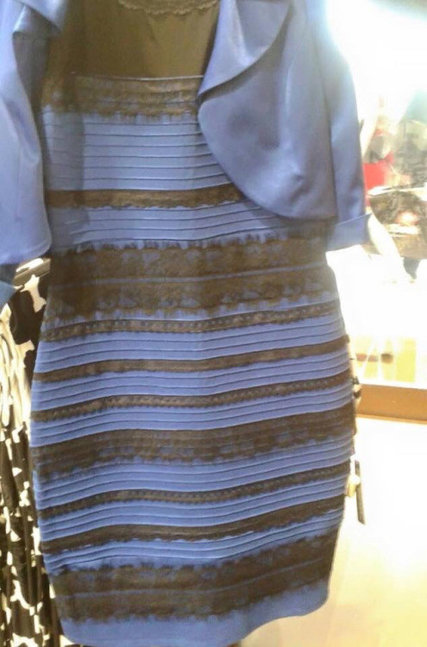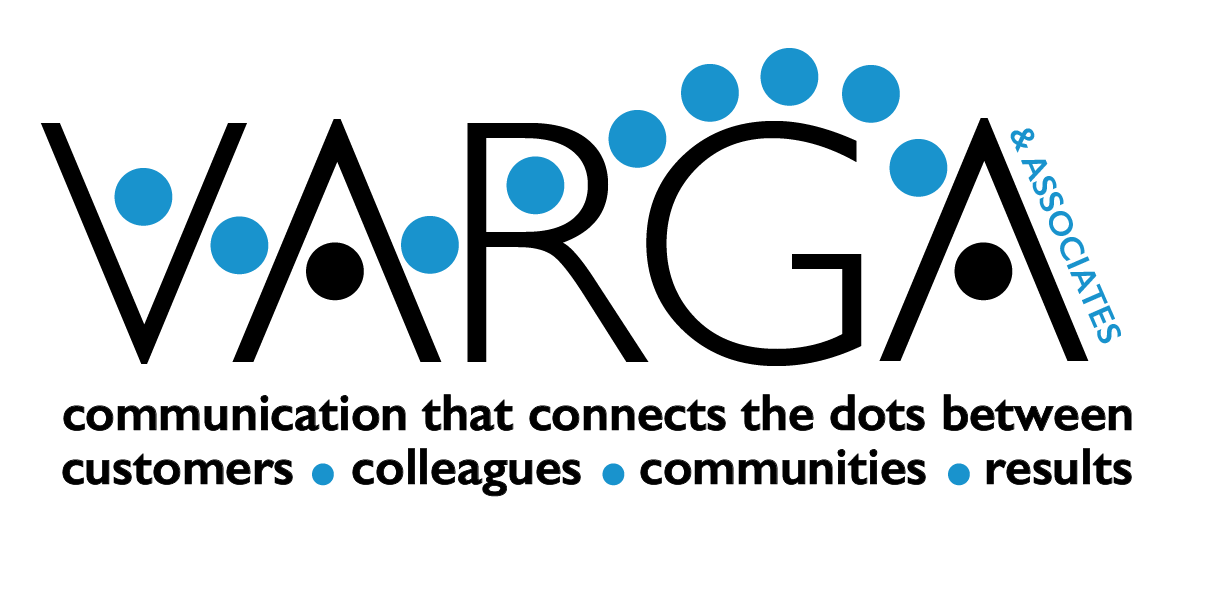
Last week, working on a project at a client site, a colleague approached me excitedly and said, “So, what color do you think the dress is?” Living under a rock as I sometimes do, I had no idea about the huge “Is it a white and gold or blue and black dress?” internet meltdown that had just engulfed social media. Curious, a group of us gathered around a computer screen to view the dress in question (worn by a mother of the bride on the Scottish island of Colonsay) and sure enough half of us saw it as blue and black and the other half of us saw it as white and gold.
We stood in amazement that we were all looking at the exact same dress, on the exact same screen and saw it differently. Some tried to convince others that they were “wrong” while others tried to prove they were “right” and the rest of us were either amused, confused or frustrated.
I couldn’t help but compare this phenomenon to what happens in the workplace when we are trying to convince others to see things our way. We attempt to communicate by saying things like:
- “Can’t you see how this approach will drive more revenue?”
- “What am I missing that I don’t see the value in hiring more staff?”
- “This will clearly not work.”
- “This will absolutely work.”
We can all get stuck when advocating for ideas that we feel passionately about. We have convinced ourselves so thoroughly that we have the right answer or approach that we are unable to see it differently.
Scientists weighed in on the dress color controversy. As reported in the New York Times, Dr. Duje Tadin, associate professor for brain and cognitive sciences at the University of Rochester, said the different perceptions may be due to variations in the number of photoreceptors called cones in the retina that perceive the color blue. If you are someone who doesn’t have many blue cones, you may see it as white.
Science doesn’t have such a clear-cut explanation for why we get stuck in seeing things our way. An inability to take in other’s ideas or view points limits our options and decreases our choices. Staying open, on the other hand, to all ideas and possibilities increase our chances of coming up with the best solution to a problem.
As our group stood around the computer gazing at the dress a shift began to occur and I noticed how the words they used to describe the experience shifted. They moved from “I’m right and you’re wrong” to:
- “How interesting…”
- “Does the lighting change anything?”
- “What if we all sat down and viewed the dress from a different angle? Could that make a difference?”
- “I wonder what it means that we all see it differently?”
This small shift in the tone of the conversation changed the mood of the moment. We went from white and gold or blue and black to a broader conversation about the work project we were in the midst of executing. New ideas came to the fore and the channels of communication opened. The dress caper reminds us that when we are trying to get others to see things your way:
- Be willing to be surprised “How interesting…”
- Accept what another says and add to it. “I appreciate that idea AND here’s the most recent study results that may take us in another direction.”
- Value the differences “I wouldn’t have thought of that angle…thanks.”
By the way, I saw the dress as white and gold. You?






